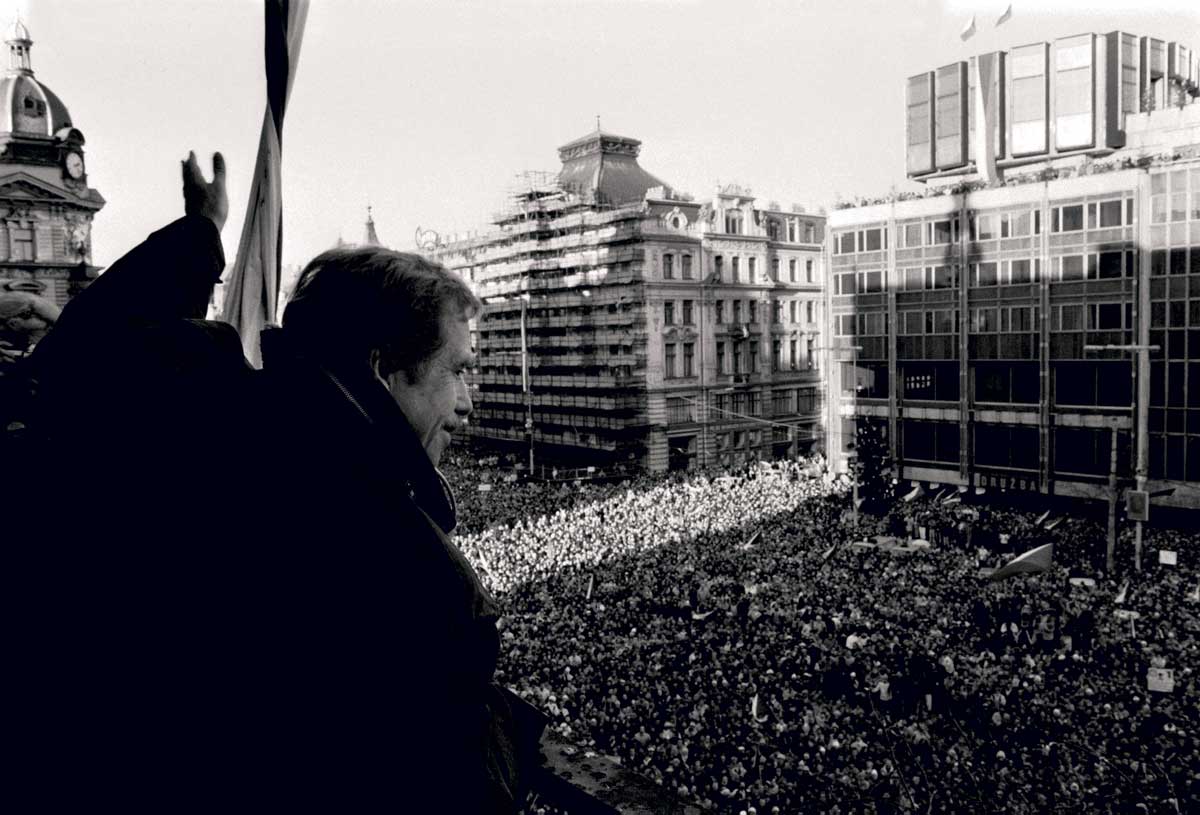The Velvet Revolution In The Regions - 1 minute read

In the words of the British historian Timothy Garton Ash, Czechoslovakia’s Velvet Revolution was ‘swift, entirely non-violent, joyful and funny’. Garton Ash witnessed the Velvet Revolution – so called because of the gentle manner of its passing – in Prague and his descriptions of it have come to encapsulate how most people view the ten days that brought the Czechoslovak communist regime to an end and ushered in an era of capitalism and democracy.
After all, 1989 had already seen the end of similar regimes in Poland, Hungary and East Germany. In Poland, the Solidarity movement’s goals came to fruition a decade after the organisation was founded. In Hungary, a democratisation process begun in 1988 led to a peaceful transfer of power in August 1989. The world watched on 8 November 1989, as the hardline East German government finally relented and allowed its citizens to go west. They did so immediately in memorable scenes, physically breaking down the Berlin Wall, the most tangible barrier between East and West Germany.